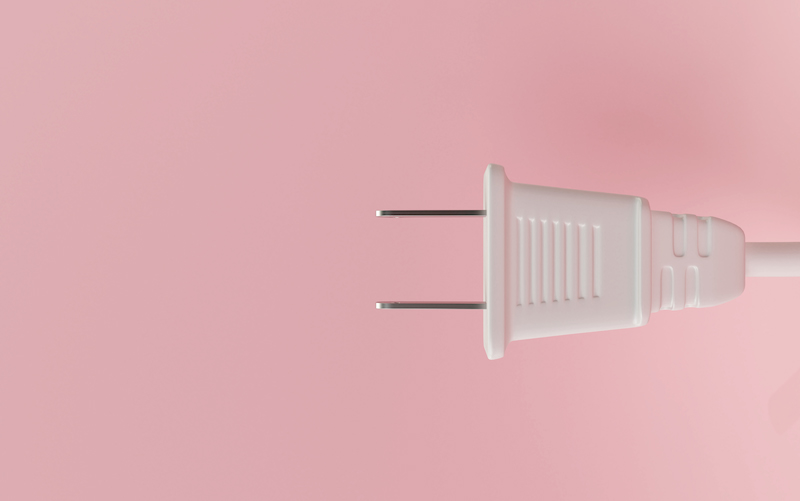
What Are Smart Plugs? An Affordable Start to Home Automation
You’ve seen it in the movies: someone presses a button, the lights dim, music turns on, and a disco ball descends from the ceiling. What if I told you that smart plugs could make that dream come true for people like you and I (or am I the only one with this dream)? Smart plugs are a relatively simple piece of technology that allow you to turn power outlets on and off remotely with your phone. That means you can turn your “dumb” lamp, fan, or coffee maker into a “smart” device.
How do smart plugs work?
All electrical devices use some kind of a switch to be turned on or off. The switch serves as a barrier between the device and the power source, starting or stopping the flow of electricity depending on what position the switch is in.
Smart plugs function just like a switch: you plug them into the wall outlet, and they serve as a barrier between the power source and whatever you plug in. A Wi-Fi receiver in the smart plug allows you to “flip the switch” over the internet.
Control your smart plug with your phone or your voice
Maybe you have a window A/C unit that you sometimes forget to turn off. Buy a smart plug, plug it in, and presto, you have a smart air conditioner that you can turn off from work. Smart plugs work just like any other smart home device, and they can be controlled through various smart home hub apps and voice assistants.
To make the most of smart plugs, the device connected should be continually “on,” or ready to start as soon as it receives power (like a table lamp, or an air conditioner with physical switches that can be left in the on position). If you connect your TV to a smart plug, you’ll be able to turn it off over the internet, but simply restoring the power supply won’t turn it back on.
Without the internet, smart plugs aren’t smart
In order to be controlled from anywhere, smart plugs must have a Wi-Fi connection. If you get a strong Wi-Fi signal in most of your home, you should be good to go, but if there are any rooms with spotty coverage, you may have some issues. You might consider a range extender to improve connectivity and rid yourself of dead zones.
Smart plugs are the building blocks of a smart home
For many people, smart plugs are the first (low-cost) step towards home automation. Once you start using them, you’ll slowly convince yourself to buy a few more because “wouldn’t it be cool if I could turn the blender on with my phone?” Yes, it would be cool. If you’re looking for practical, how about turning off outdoor spotlights or Christmas lights from bed? Or turning your “dumb” fan into a smart fan so you don’t even have to get up?
Schedules, routines and energy management
Once you’ve installed smart plugs in your home, you can use the any smart home ecosystem like Amazon Alexa, Apple HomeKit or Google Assistant to control them. Set schedules and routines so your Christmas lights turn off at 10 p.m. every night. Create a routine that turns the outlet in your laundry room off once you leave for work so you don’t have to worry about leaving the iron on.
Some smart plugs can even help with energy management. In addition to providing you with information about power usage from each plug or device, some smart plugs allow you to set daily, weekly or monthly power allowances. If your gratuitous air conditioner use is having an impact on your power bill, a smart plug can help (or rather, force) you to budget.
Considerations for using smart plugs
Limit extension cords and power strips
Most manufacturers recommend connecting the device you want to control directly into the smart plug. The use of long extension cords or power strips may impact functionality or create a safety issue.
Check the details
If you want to use a smart plug to control high-consumption appliances, as may be the case with an A/C unit or a portable heater, make sure you choose one that’s certified or rated to handle the power demand.
Don’t forget the element of design
Smart plugs come in all shapes and sizes. Some will completely cover your outlet, while others might extend past the frame of the outlet horizontally. If space is limited, you may be better off replacing the entire outlet with a smart wall outlet that fits inside the outlet box, or purchasing a smart plug that has a dongle-like design.
Product features may have changed and are subject to change.




Join the conversation